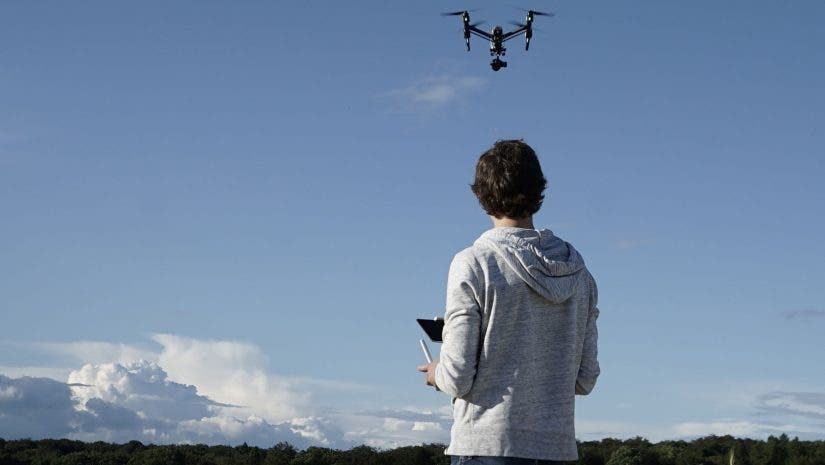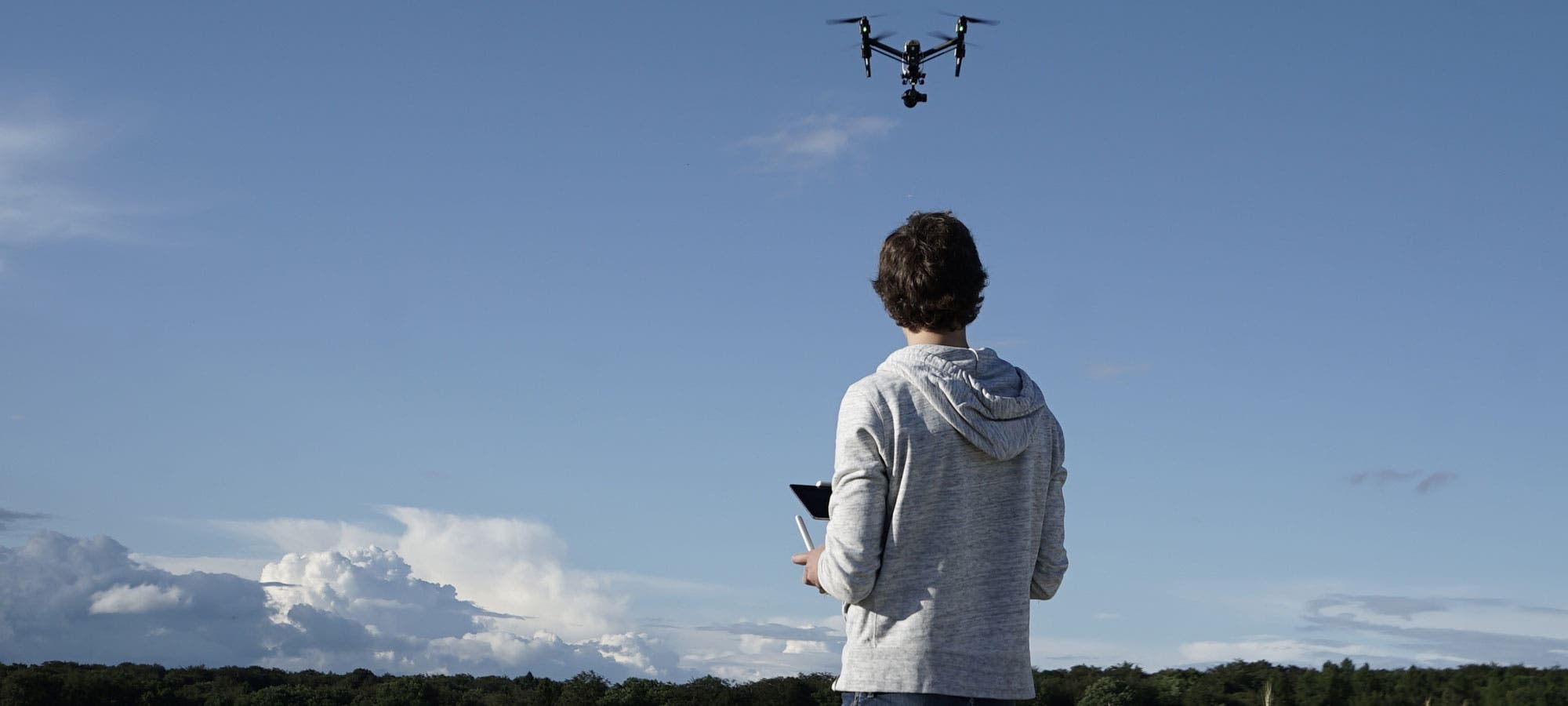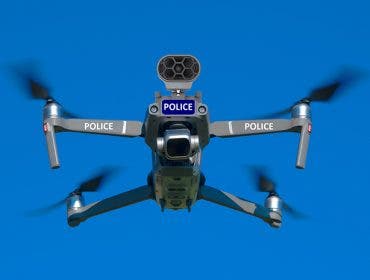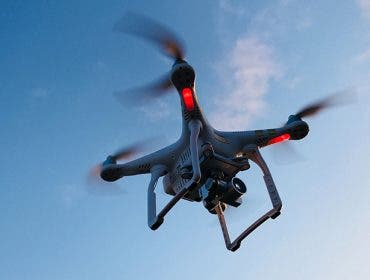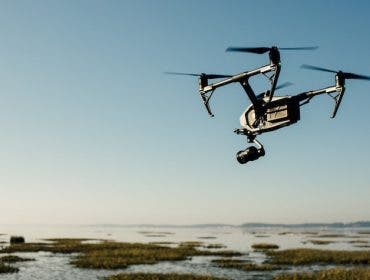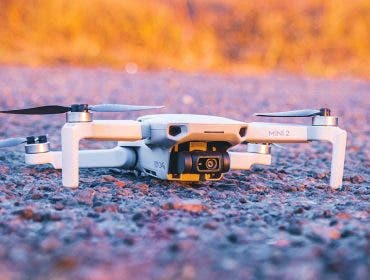So, you’ve bought a drone, great! The newest addition to your kit features the cutting edge of aerial imaging technology, so you need to know how to fly a drone and all the rules that come with it.
Once you take your drone to the skies, you need to be careful not to get into the FAA-determined no-fly zone, also known as the NFZ. Before you panic – don’t worry, you’re in luck because we’re here to let you know how to avoid getting fined or worse, getting your drone confiscated!
Scroll down to start learning about the NFZ and discover a list of apps that can help let you know where you can and cannot fly.
What is the Drone No Fly Zone or a No Drone Zone?
The FAA or Federal Aviation Administration has designated specific locations as No Drone Zones. These locations have operating restrictions for unmanned aerial vehicles or UAVs and can be identified by reviewing a drone no fly zone map within your favorite pre-flight drone app. Mobile applications like B4UFLY, AirMap, and OpenSky are all great resources for ensuring that you have a reliable drone map to review flight restrictions.

No Fly Zone: Apps to Help You Figure Out Where to Fly Your Drone
For newer drone pilots, knowing where you can legally and safely fly your drone is of the utmost importance. Rather than performing tons of research each time you want to fly, you can turn to a variety of apps to streamline your search and your understanding of rules and regulations.
B4UFLY
B4UFLY is a great app that’s both FAA designed and approved. It was created to help you determine the safety of any airspace before you fly. With very few steps, you can open the app and choose a flight location on a map. B4UFLY will update you on any advisories for the area you select, as well as limitations or regulations to consider.
Thanks to crowdsourcing, the app updates regularly with new information from fellow drone enthusiasts. You can also create and submit new locations or flag areas for the app’s developers to review and monitor.
With easy color-coded advisories, you’ll be able to see nearby airports, take-off and landing limitations, airspace restrictions, and more. Maps have a variety of overlays to choose from to make sure you’re always viewing all the information you need before you fly.
This app is a great choice for all drone pilots, from the new and inexperienced to the confident and seasoned.
Hover
There are several apps to choose from that can tell you where you can or can’t fly, but we’ll make it easy for you: get Hover. Available for iOS and Android for free, Hover displays no-fly zone maps as determined by the FAA, and shows you weather conditions in real-time, so even if you can fly to a specific location legally, you also need to know if it’ll rain or be too windy for you to shoot.

Hover tells you the weather conditions and whether you’re in a no-fly zone, all in one convenient, very yellow screen.
If you want the FAA’s no-fly zones and nothing else, B4UFLY is an option. So is AirMap, which actually provides the maps used in B4UFLY. But Hover offers both.
Hover offers the following features:
- International no-fly zone maps
- Intuitive interface
- Current weather conditions, including temp, precip, and wind
- Flight logs
- Flight readiness indicator
Go to the Hover app page for more info, or download it from Google Play or the App Store.
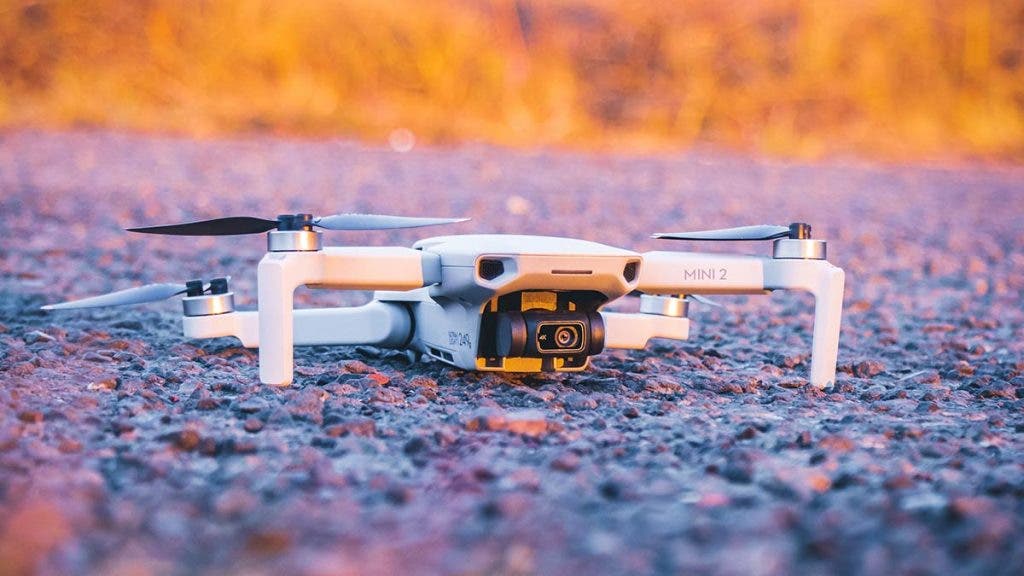
Common Drone No Fly Zones
Restricted and Controlled Airspace
The FAA has designated certain areas of airspace as restricted for drone flights. These include prohibited areas where drone operations are hazardous, and the hazards may not be immediately visible to the drone or the pilot. The boundaries of these prohibited areas are typically defined within a drone restrictions map, which designates their area and altitude.
Local Restrictions
It is important to also review your local drone map when considering local drone regulations. These no-drone zones generally restrict the take-off and landing of drones by state, local, territorial, or tribal governments. While the take-off and landing of drones are restricted by these local restrictions, drone flight in the airspace above these identified areas is not restricted.
Temporary Flight Restrictions
Temporary flight restrictions limit drone flights for specific periods and can be put in place for a variety of different reasons. TFRs are commonly put in place over airspace that covers major sporting events, areas where presidential movements may be occurring, security-sensitive areas, and other temporary hazardous airspace, such as wildfires, hurricanes, or chemical spills. They are meant to ensure the safety of important operations and can change dynamically. Drone pilots can actively review TFR’s by checking the FAA’s NOTAM website.
Airports
Flying a drone within 5 miles of an airport is generally prohibited, as the immediate airspace that surrounds most major airports is considered Class B “controlled airspace”, and is usually serviced by Air Traffic Control.
Military & Government Buildings
Military installations and government buildings are also restricted for drone flights by the FFA on the drone no-fly zone map. These buildings and installations are considered critical infrastructure by the FAA and are restricted airspace locations that should be avoided by drone pilots.
National Parks
National parks have been considered no-drone zones since 2014. Flying a drone in a national park is strictly prohibited without a special use permit, and flying without one can result in the loss of your drone, plus expensive fines.
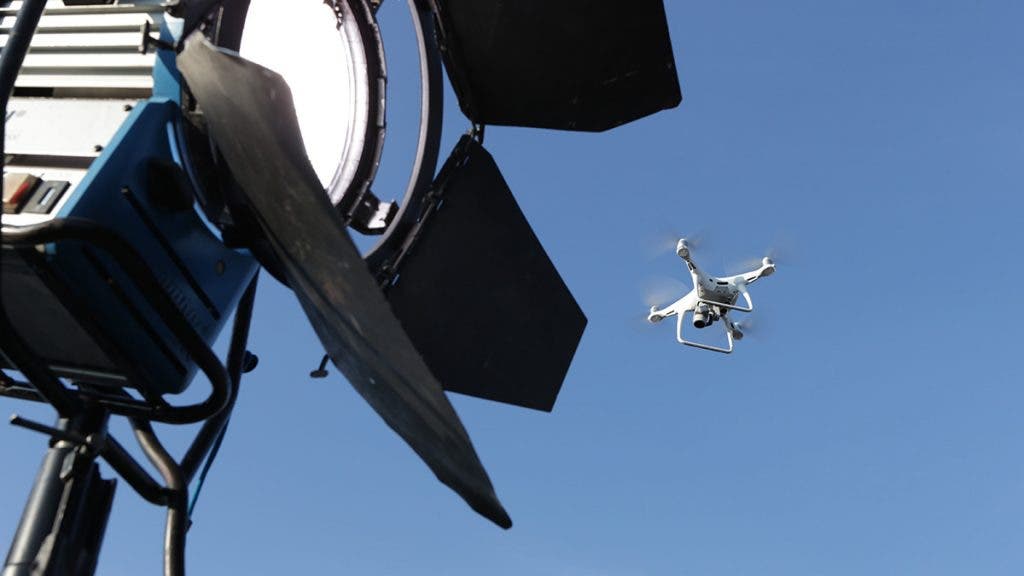
No Fly Zone: Frequently Asked Questions
As you prepare for flight, you may find yourself coming up with questions that aren’t explicitly addressed in the apps mentioned above.
Because safety is the top priority when flying a drone, there are a few crucial rules to know before taking off. In most locations and situations, these are the most important rules for drone pilots to follow:
1. Do not fly higher than 400 feet
2. Avoid restricted airspace
3. Avoid other aircraft (an important consideration especially near airports)
4. Make sure you can see your drone at all times
5. Avoid flying over people or animals
6. Avoid flying over live events like sporting events and concerts
7. Only fly when sober
8. Avoid flying near emergencies such as forest fires or where emergency personnel are present
9. Fly only during daylight hours
Knowing where you can fly your drone for recreation and commercial flights is easy if you know what to look for. Commercial drone flights fall under the FAA’s 14CFR Part 107 regulations.
Knowing the Part 107 rules is important for drone pilots who want to fly their drones for commercial use. As it lays out the basic requirements for commercial UAV flight operations. Some examples include flying below 400 feet above the ground, not flying over moving vehicles, maintaining line of sight to your drone, and adhering to all of the aforementioned rules and regulations of the most common drone no-fly zones. Recreational flyers should familiarize themselves with drone no-fly zones.
You will also need to follow a basic set of requirements to comply with FAA rules. This includes taking and passing the UAS safety test called TRUST.
Deciding where you can fly your drone in Europe can get tricky. Each country in the EU, plus a few non-EU countries that follow EASA regulations, like Iceland and Norway, has set up an intricate network of zones specifically for drone flights.
These zones fall into three main categories: excluded zones, restricted zones, and facilitated zones. Excluded zones are spaces near airports or military bases. Places where a wandering drone could cause legal chaos or pose security risks. Restricted zones are areas that aren’t completely off-limits, but you’d need to secure permission first before you go there. Which could be as formal as permission from national aviation authorities or as simple as notifying local authorities. Depending on the specific requirements of the zone.
Facilitated zones are a drone operator’s playground. As long as you adhere to the general rules of drone operation. Not exceeding certain altitudes or disturbing the peace, means you’re clear to fly.
To be safe, study no-fly zones in the European or EASA protocol-adhering country you wish to go to with this guide by the European Drone Company or EASA’s geo-zone list.
Depending on the make and model of your drone, it may or may not take off in a drone no-fly zone. Drones manufactured by DJI typically include a “GEO Zone” system, which prohibits take-off in most restricted no-fly zones. This is not always the case with non-DJI drones, which do not include the GEO Zone locking mechanism. Drone pilots should be aware that regardless of the safety features included with their drones. They are always ultimately responsible for being aware of, and complying with all drone safety rules and regulations.
While drone laws vary based on state and municipality, uncrowded beaches are generally acceptable for most small drones.
For example, California allows the flight of unmanned, non-commercial drones in state parks and on state beaches. Provided all other drone rules are obeyed. In many states, nature preserves or areas with vulnerable animal and bird populations are off-limits to drones.
Before you visit any beach with your drone, it’s a good idea to check if that specific beach has a list of drone regulations posted online. You can also consult the drone piloting apps for more information.
Just like beach regulations, local parks often have their own rules about flying drones that vary from state to state or municipality to municipality. Local parks can be a good place to practice flying, as long as you don’t fly over groups of people or animals. You should also avoid interfering with public works infrastructure like power stations, telephone poles, or cellular towers.
Before you start flying to a new location, it’s a good idea to research its specific rules. Don’t assume that you can start using your drone just because you see someone else using theirs.
Flying your drone around your neighborhood can be a great way to build up your confidence in your drone piloting skills, especially if you’re just starting. Don’t assume that you are in unrestricted airspace, without checking if your neighborhood is in a No Drone Zone. Consult your local drone map so you can enjoy flying your drone safely and get plenty of practice flying your drone around your neighborhood.
There are many advantages to flying a drone that weighs under 250g, such as the DJI Mini 4 Pro or the DJI Mini 2 SE. They don’t require registration with the FAA if you only intend to fly them for recreational purposes. And they are smaller, lighter, and more affordable than larger drones. Unfortunately, those advantages do not exempt them from adhering to the typical rules and regulations for no drone zones and restricted airspace rules. Drone pilots should always adhere to drone safety rules and only fly their drones according to the FAA’s rules and regulations. Regardless of the size and weight of the drones.
